The Article
Ground Master From Puritan: Reducing Noise
19th November 2018
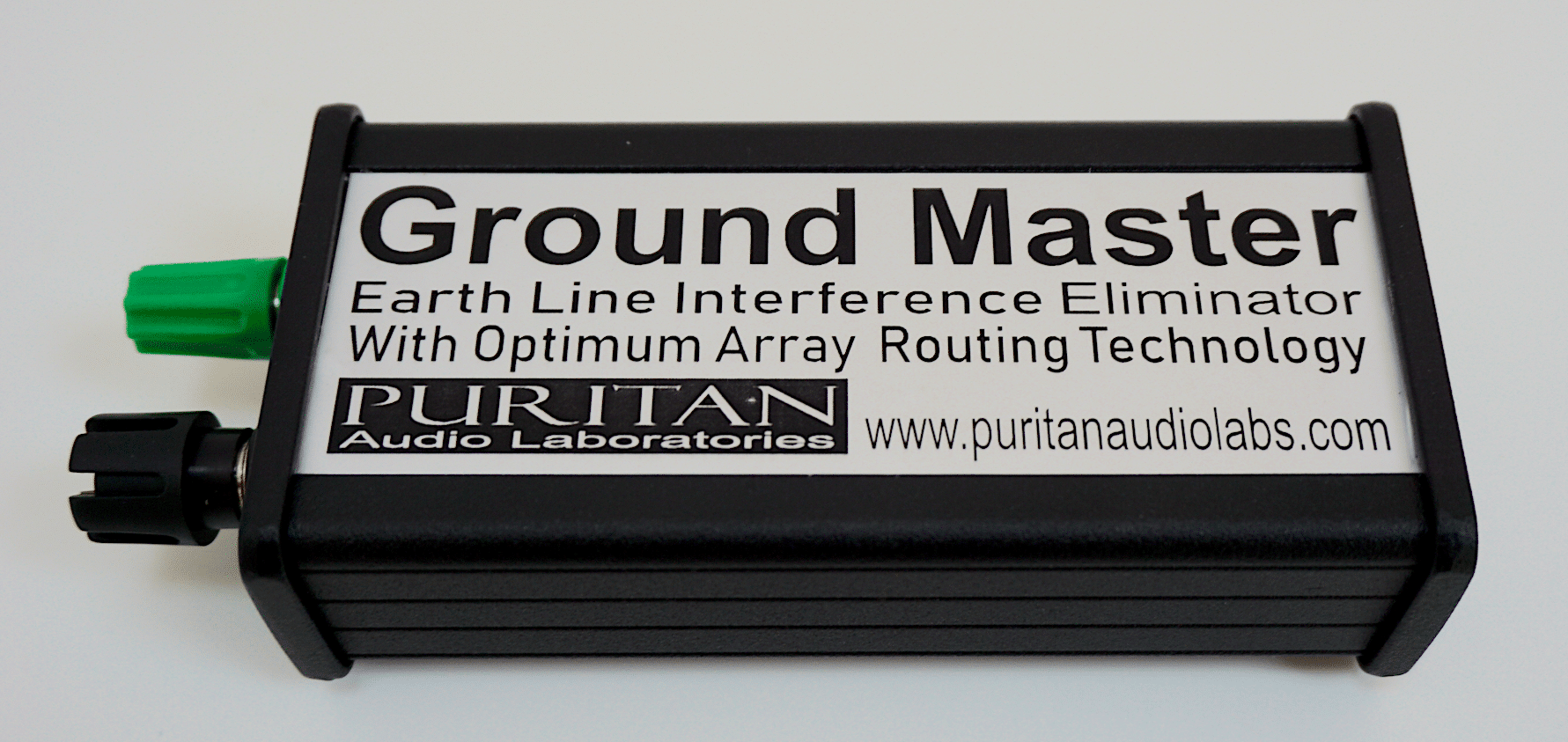
Now you can hammer a copper rod into your garden, hook it up to your hi-fi and enjoy improved sound quality! “Eh?” you ask? Paul Rigby explains all as he reviews Puritan’s value for money, Ground Master
One of the best ways to reduce nasty, veiling noise of all types from in and around your hi-fi is to address the ground. Not the floor but the electrical ground. If you can get access to this, then you can open a pathway to lower detail-veiling noise from infecting your hi-fi chain. I’ve reviewed rather luxurious products that do this from the likes of CAD but Puritan’s low cost approach is, well, more earthy. Literally, you might say.
Essentially, the Puritan Ground Master is a simple accessory – slightly B&Q in its approach, I have to say – but one that is practical and direct. The core of the Ground Master is a small box with two connectors on one end. I’ll explain more about those further down under Installation but basically, you plug one end of the little box into your hi-fi (the earth on your pre-amp is a good spot) and the other end into a copper rod that sits buried in your garden. The noise then travels from your hi-fi’s ground connection, down the supplied connector and wire, into the Ground Master out the other end of the same, down more wire into your garden, into the copper rod and into mother Earth. The result should be improved sound quality in your hi-fi.
Sounds odd?
I managed to grab a video from Puritan to further explain what the Ground Master is, does and why. It also provides a background to the notion of what ground is and what it does. So, rather than repeat the video in text, please check out the video first, which adds a visual dimension to this review, and I’ll see you right after.
INSTALLATION
If you’ve looked at the video, you will have seen that Puritan can provide you with a long spool of wire to connect everything together.
There’s two pieces of wire to look at. One spooled length that runs from the Ground Master to your garden. Another, rather more finished and civilised looking, length that runs from the Ground Master to your hi-fi.
I looked at the spooled length running to the garden firstly. I spooled out ‘too much’ wire, just to provide lots of elbow room, hung on to the end and threw the rest out of the window to the floor outside. In my listening room, addressing the bit that I was hanging onto, I stripped the end of that wire and connected that to the Ground Master’s black terminal.
Outside? The first job was to hammer the copper rod into the ground. There’s plenty of wire available to spool, even if your garden/soft ground is a distance from your listening room.
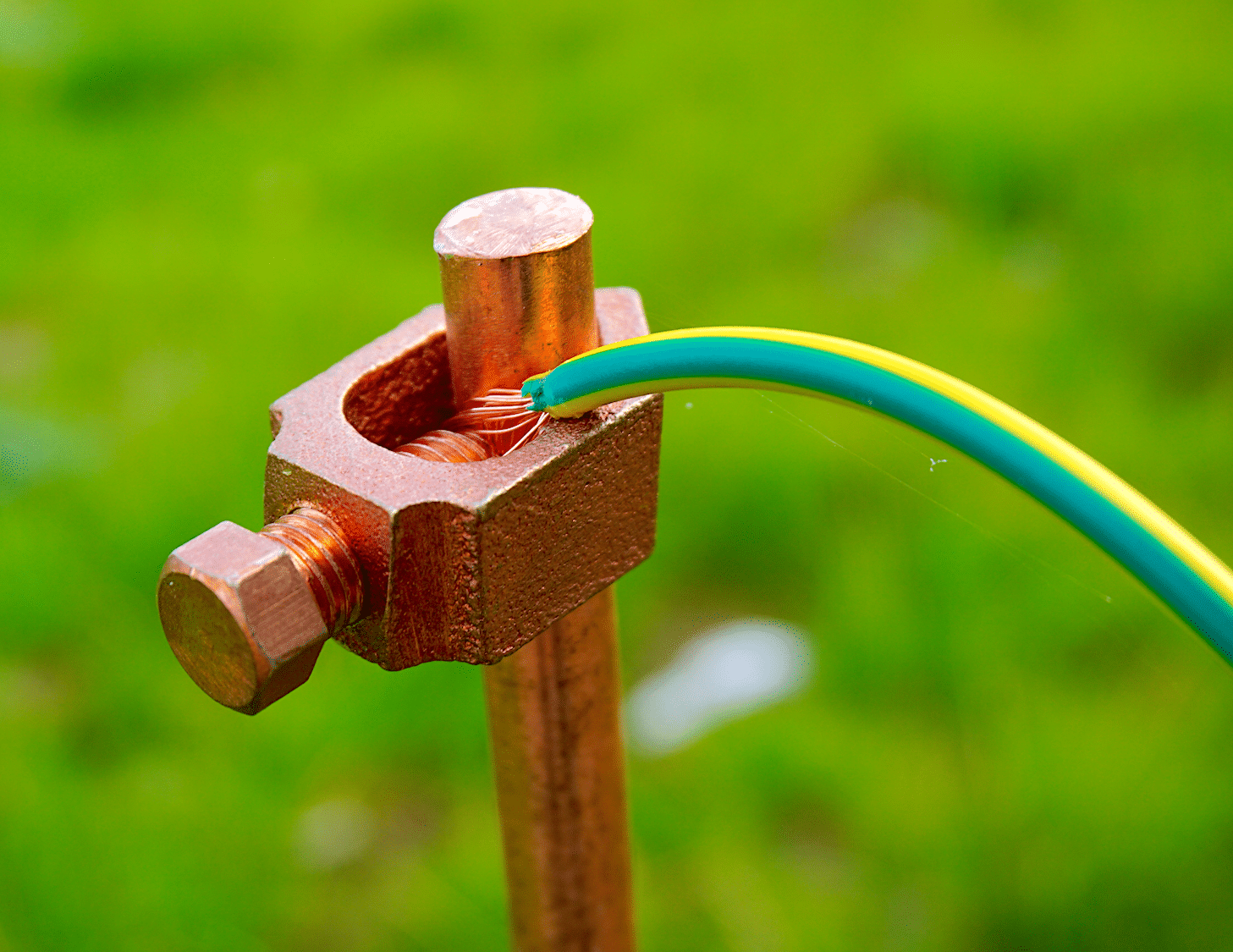
There was one thing, though. As I was standing there alone in the cold morning, fog around me, shivering slightly, cold breath visible in front of my mouth, the hammering of the copper rod into the soil ringing out for miles around, there was a strange moment when I suddenly stopped and became self-aware and thought to myself, “Just what do you think you’re doing?” My hi-fi was driving me to this. We audiophiles sometimes do very odd things in our pursuit of improved sound quality. I shook my head, hoped no-one was watching and wondering just what the hell I was up to and carried on hammering away.
I should have said to myself, “What on earth do you think you’re doing?” It would have been more apt.
At this point, standing by the copper rod, now safely in my garden soil, I had to strip a portion of the wiring’s outer skin to expose the copper threads within. Then a nut/bolt and collar (that was positioned over the rod) was loosened, the wire was inserted between the bolt and rod, then the bolt was tightened, securing the wire in place.
Back in the listening room, I then inserted the supplied, green-coloured, single-ended banana plug into the green socket of the Ground Master. The other end pugged directly into the earth plug of my pre-amp. An alternative banana-to-spade termination option is also provided.
I normally use CAD GC1 grounding blocks but, for this test, I disconnected them from my system.
SOUND QUALITY
I began with vinyl and the country ballad, You’re Free to Go via Emmylou Harris from the album, Thirteen.
The differences were, I have to say, completely fascinating. I didn’t know what to expect. Something a bit ‘wham, bam, pow’ perhaps? Something a bit in your face?
I didn’t get that, what I heard instead was a more subtle yet much more impressive, deep underlying quality. I’m talking mature levels of sound here. The sort of sonic information that you hear after a several seconds. You listen for a bit and you find yourself saying, “Hang on, that’s new…” An example? Let’s take the Harris voice which I can only describe, after plugging in the Ground Master, as being more, well, feminine. She had a natural softness to her voice now, a clarity that sounded genuine and unprocessed.
The green/yellow wire [right] runs to the copper rod. The luminous green wire [left] runs to an earth socket on your hi-fi. I used one such socket on my pre-amp.The soundstage itself was also changed. It sounded as if half of it had been cleared out of clutter. There was more air and space which meant that both Harris and the backing band had a wholly more relaxed feeling about them. The general presentation was less claustrophobic, you might say.One notable change was how easy it was now to pick up cymbal taps. The cymbals on this track are shy beasts and tend to be hit when there’s a crescendo with lots of noises happening all at once. Hence, the cymbals are often masked by this stuff. With the Ground Master in place, each cymbal hit was much more ‘visible’ to the ear with, and this was a bigger surprise, space around them. A double whammy, in effect. I was surprised to hear the cymbal hits in the first place, but to have extra reverb tails added was a bonus.
The mandolin solo, mid song, was also precise and focused, the acoustic guitar drums no longer had a clunky nature to each strum, the piano now had a rich and expansive tone.
I upped the musical energy by playing Queen and Dead on Time from the album, Jazz.
Once more, I was impressed by the rich quality of the music here. Roger Taylor’s cymbals were a whole new experience on this track, adding a new dimension to his percussive tools and opening up the beginning of the track to a new level.
Freddie Mercury’s vocals, on this older reissue pressing, have always been slightly strident and edgy. The problem is the studio master but the Ground Master helped enormously to reduce the strident aspects of his performance, calming and refining his performance.
The lead guitar and bass also exhibited great detail while more of their performance could be isolated by the ear, a direct response to the lowering noise from the Ground Master.
CONCLUSION
Of course, some hi-fi users might find the Ground Master impractical. Those living in flats/apartments, for example. For everyone else, as you will see below, the Ground Master can be the beginning of a rather complex array of gizmos that sit in and around the central box. You can buy varying lengths of wire, as you might expect, but you can buy extended rod lengths and you can also add a conductive soil compound in the ground, around the copper rod that, I hear, is also utilised by utility companies. I’m afraid that I was unable to test the latter. This review at least provides a start, a launch pad. From this point you can experiment and tweak to your heart’s content.
The following tests were based from my home, stuck in the middle of no-where with next to no neighbours, no street lights and very little electrical interference. Even my Wi-Fi extenders, phone and laptop, resident in the room for note taking, were switched off.
I say this because I tend to suffer from very little outside/mains noise interference. Hence, if the Ground Master will work for me, and it certainly did, then you can amplify my results from anywhere around 10-50, if you live in a city environment.
To reiterate, the effects of the Ground Master were not all flashing lights and shiny tinsel. The musical benefits settle into your head the more you listen but those effects are one of sheer quality.
If I could encapsulate the Ground Master I would say that it makes your hi-fi sound…well, more expensive. It provides subtlety, finesse and polish. Add that price, which is a complete steal, and you have a no-brainer of an accessory for your hi-fi.
PURITAN GROUND MASTER
PRICES:
Groundmaster: £165
Basic Earth Rod 1.2M (Non Extendable): £11.96
Extendable Rod 1.2M (Rods may be joined together to give 2.4–3.6M etc. Requires 1 x coupler for each extension rod): £25.16
Coupler to join extendable rods: £11.96
Clamp to connect cable to earth Rod: £5.96
Cable per Metre:
2.5mm2 (0.0074Ω/M): £0.98
6.0mm2 (0.0031Ω/M): £2.00
10.0mm2 (0.0018Ω/M): £3.56
16.0mm2 (0.0012Ω/M): £5.60
Soil Conductivity enhancing compound 10 Litre Tub: £60.00
Tel: 01491 680444
GOOD: clarity, transparency, detail, low noise, value for money
BAD: installation
RATING: 8
[Don’t forget to check out my Facebook Group, The Audiophile Man: Hi-Fi & Music here: www.facebook.com/groups/theaudiophileman for exclusive postings, exclusive editorial and more!]
REFERENCE
Origin Live Sovereign turntable
Origin Live Enterprise 12″ arm
Van Den Hul Crimson XGW Stradivarius Cartridge
Icon PS3 phono amplifier
Aesthetix Calypso pre-amp
Icon Audio MB845 Mk.II monoblock amplifiers
Quad ESL-57 speakers with One Thing upgrade
Tellurium Q Silver Diamond cables
Blue Horizon Professional Rack System
Harmonic Resolution Systems Noise Reduction Components
All vinyl was cleaned using an Audio Desk’s Ultrasonic Pro Vinyl Cleaner

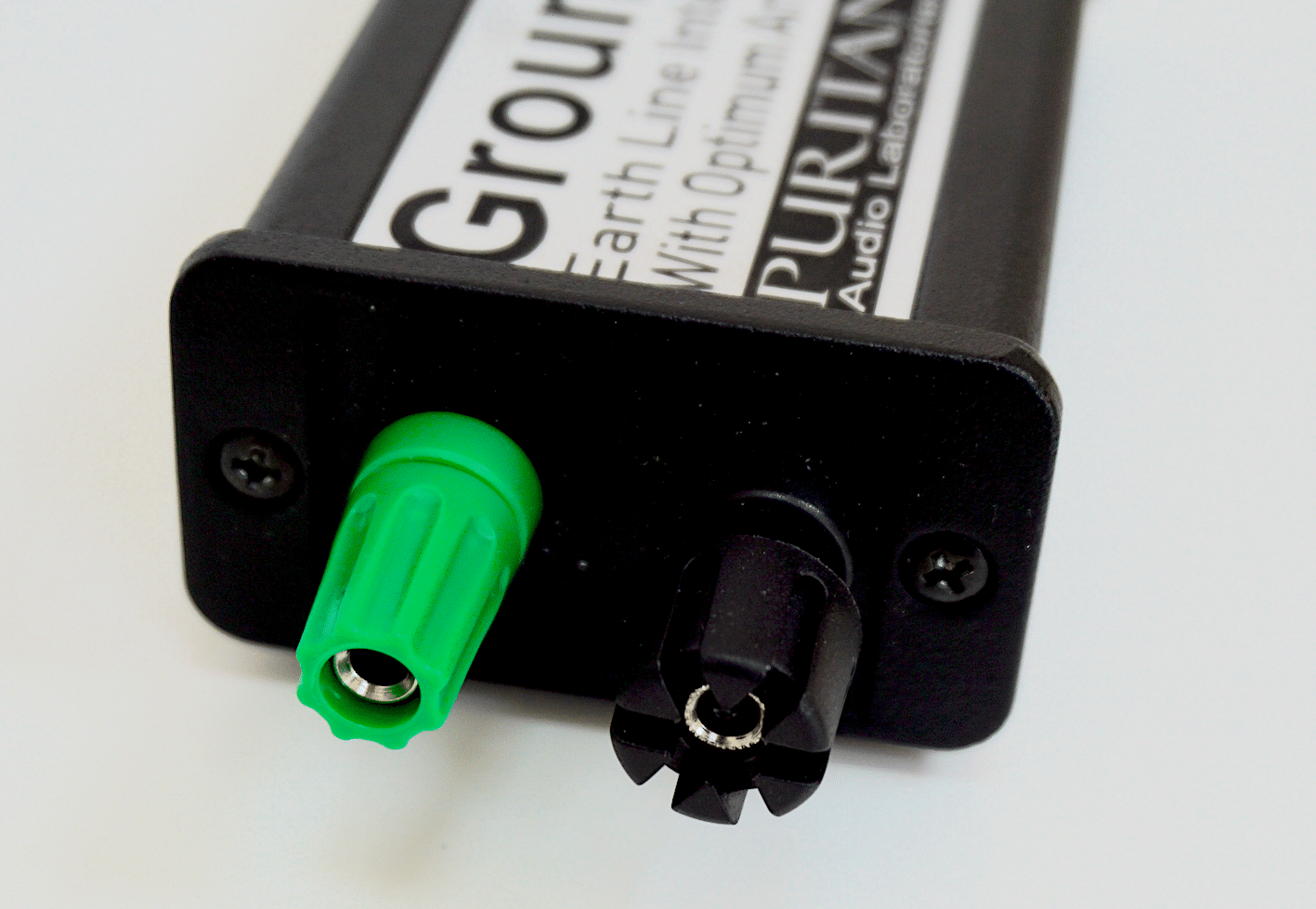
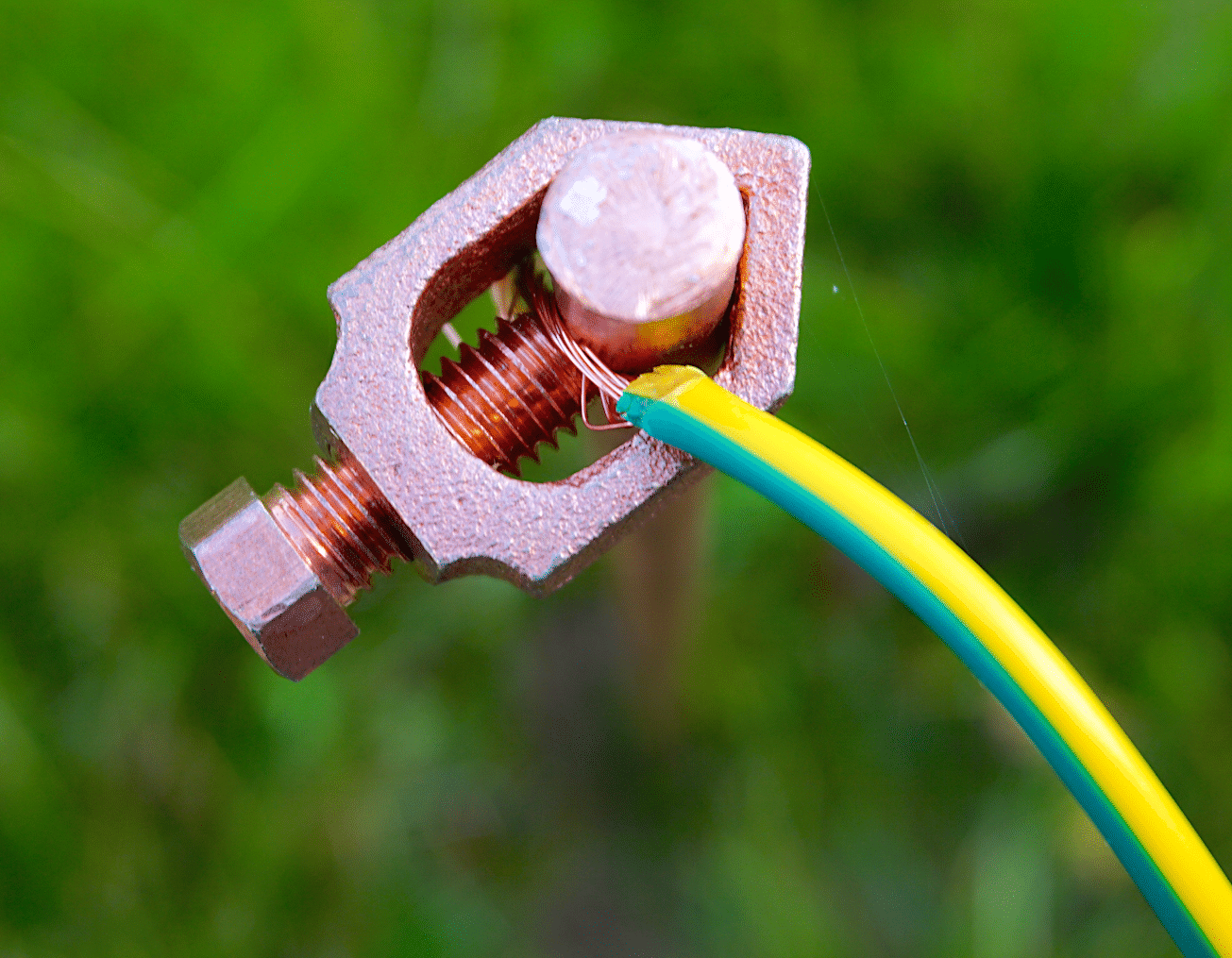
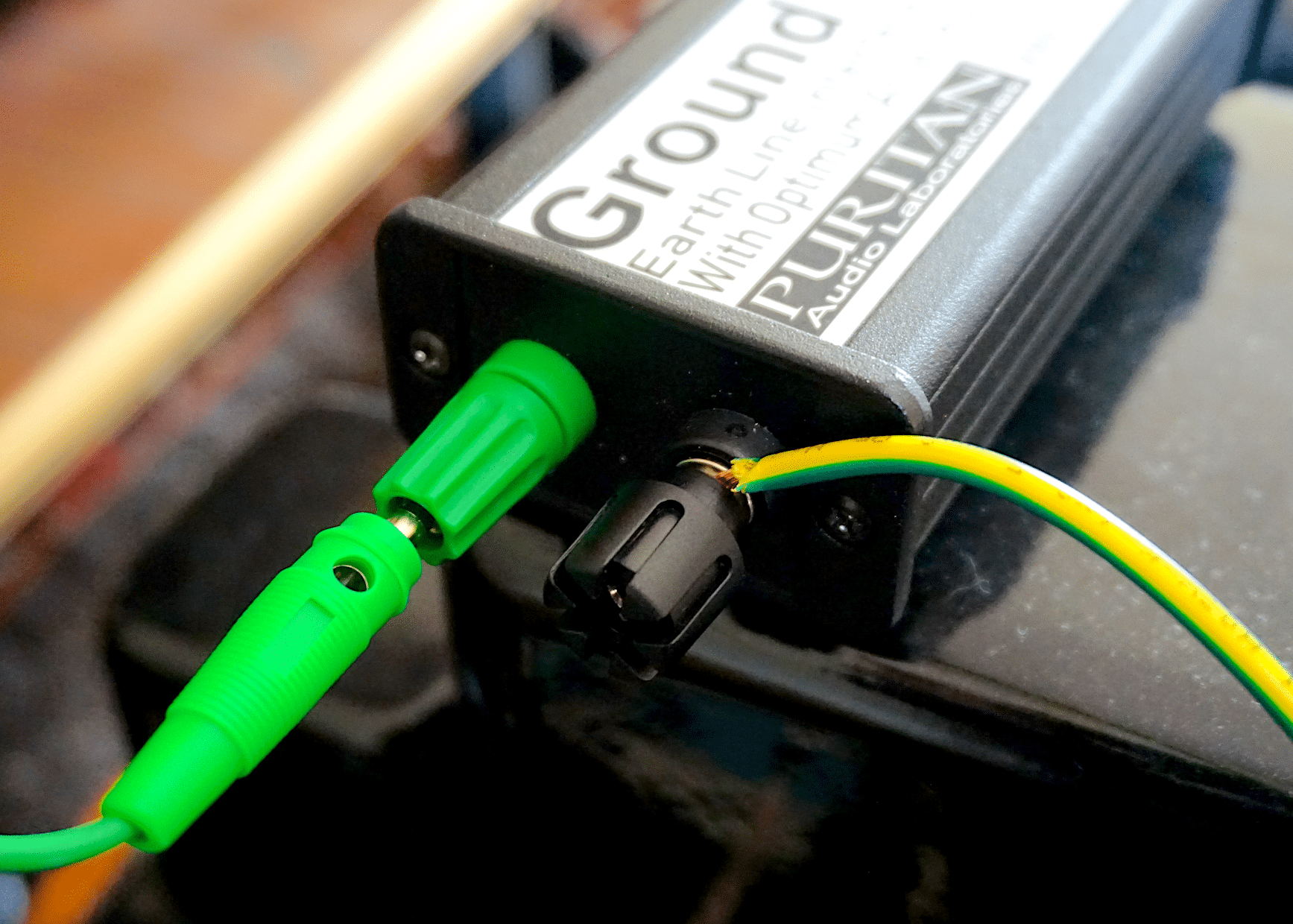
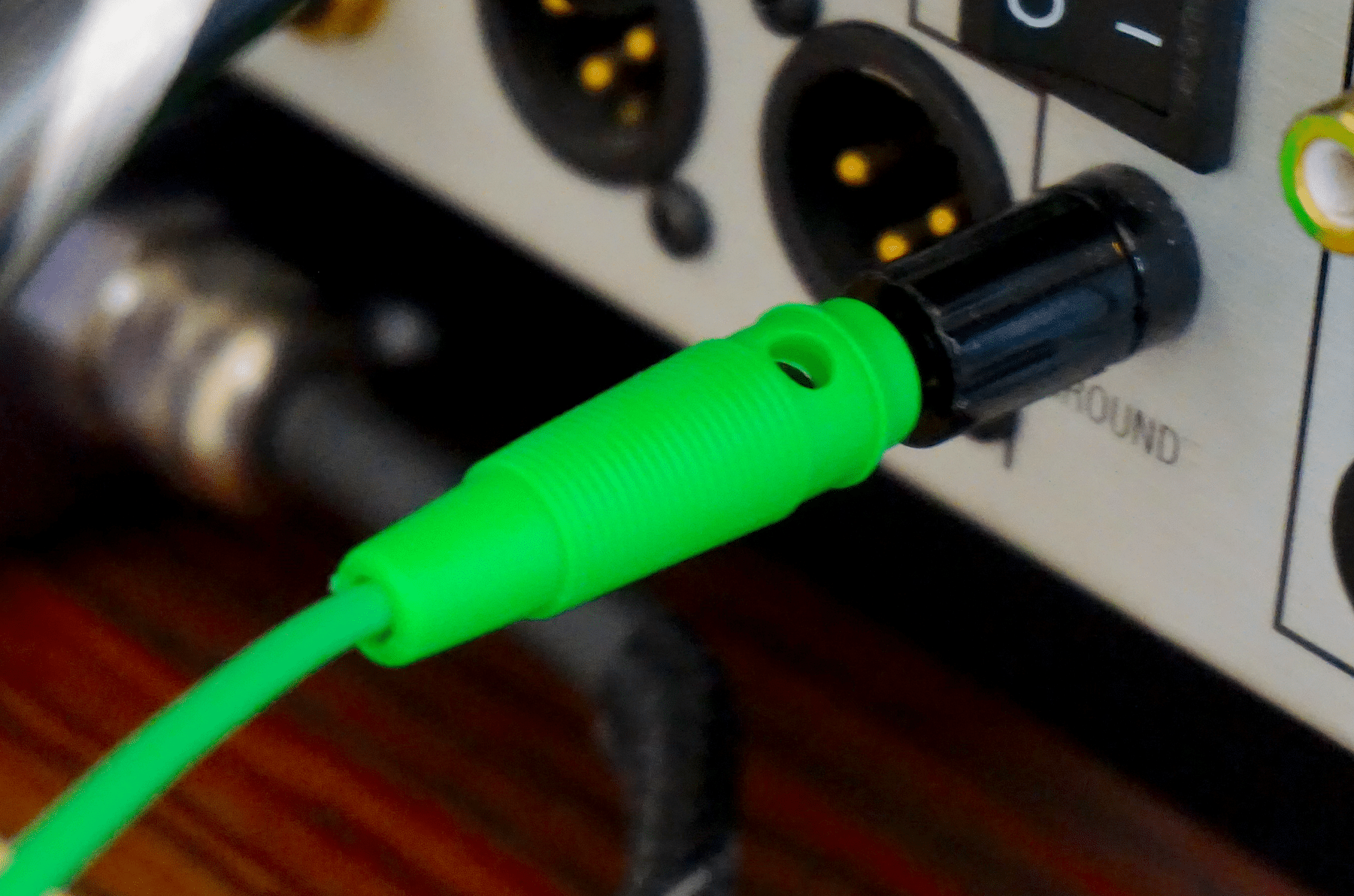
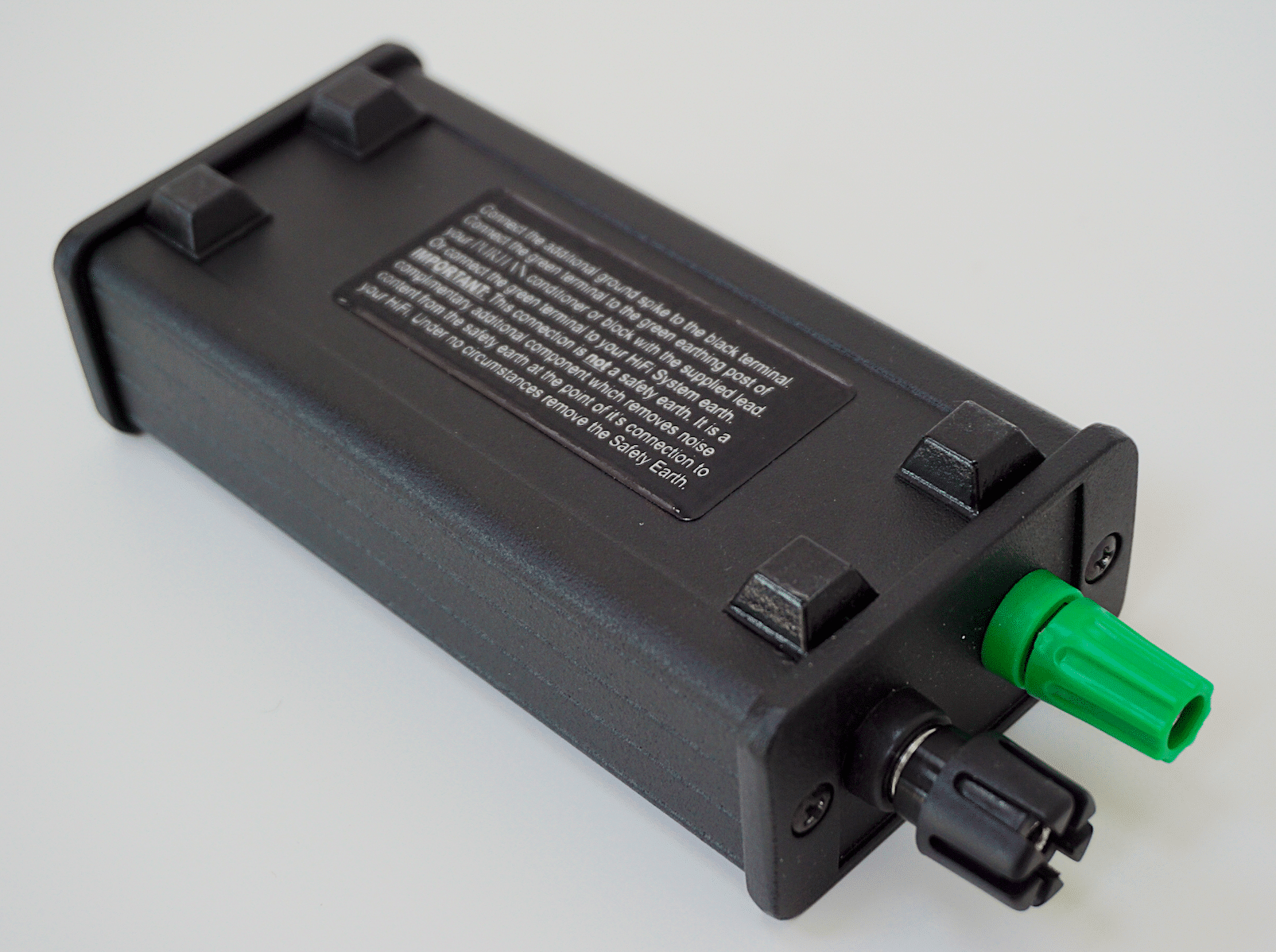
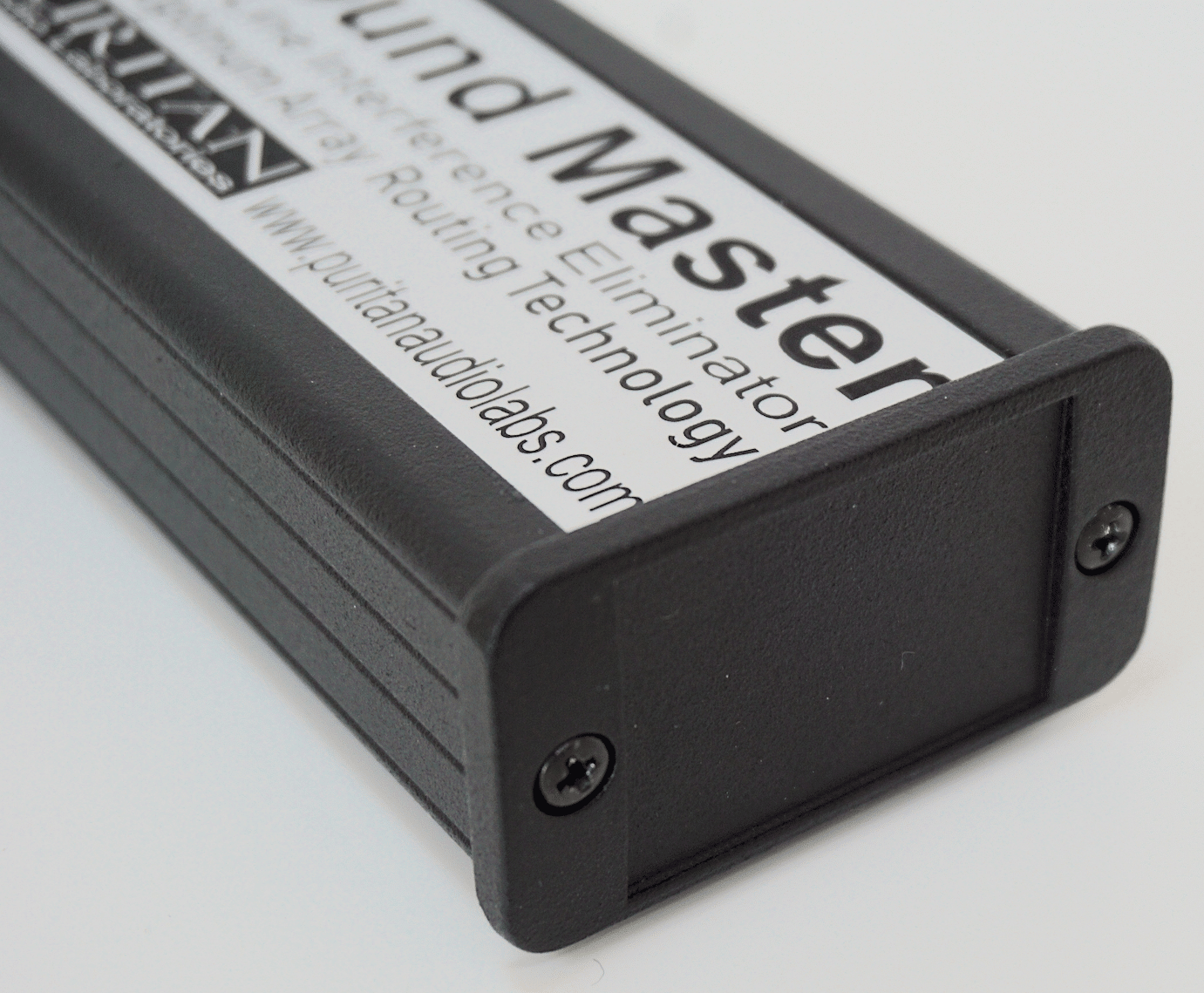

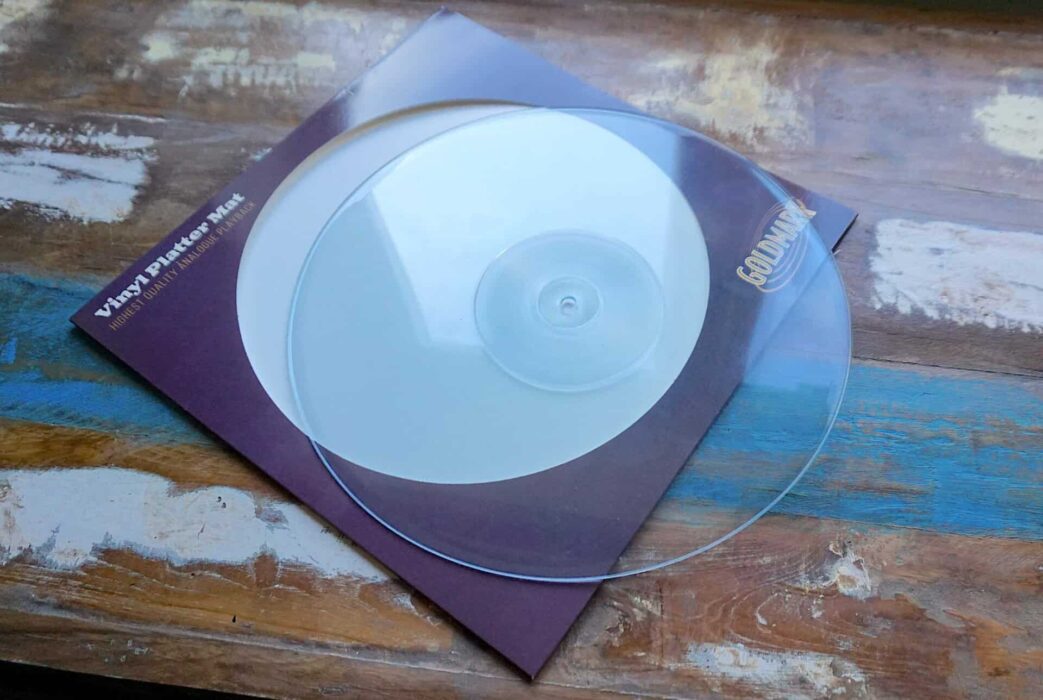
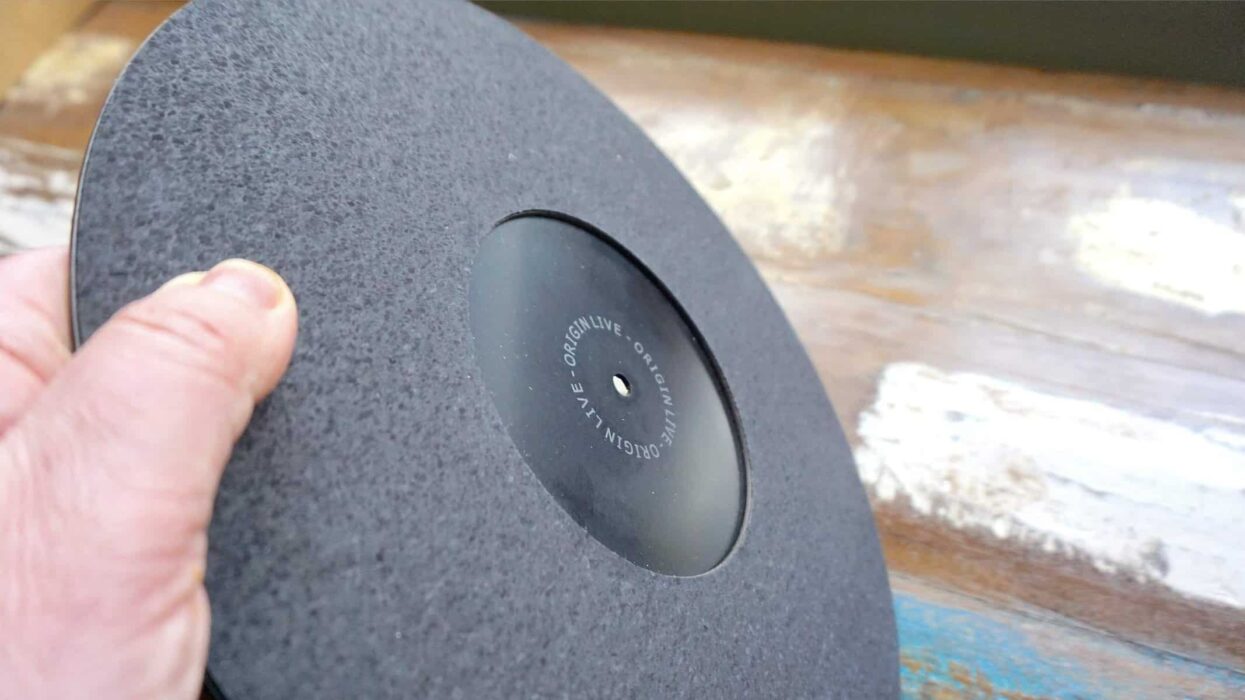
Hi Paul.
Surely if you leave the DNO earth connected and fit an additional earthing rod, you are combining a TNS system with a TT system. This is not allowed in the 7671 electrical requirements as you can only have one or the other.
Kind regards,
Gary.
Hi Gary – this direct from Puritan: “Your correspondent is correct that connecting an additional earth rod to your HiFi is an inadvisable thing to do. This is the precise reason for the existence of the GroundMaster which allows the connection of an additional HiFi earthing rod with complete safety and in accordance with regulations: As explained in our website and literature, the GroundMaster incorporates 12 alternately tuned guides, these permit the highly efficient passage of the widest range of EMI / RFI frequencies to the new earth rod but current flows at mains (50/60Hz) frequencies are very robustly blocked. This last action prevents the new HiFi earth rod from behaving as an alternative safety earth.”
Paul,
Please can you explain why the safety earth does not short out the router?
Hi Dave – I think Puritan may have addressed your question already below…
Will this void Home Insurance warranty?
Not according to the company, no.
The “Guides” may block 50 to 60 hertz, but do they stop a lightning strike. That is the concern of the second ground. The second ground under lightning conditions can create a massive EMF pulse as it travels parallelly up both rods. That pulse will destroy any Solid State devices in the zone. A utility pulse will never travel far enough through the ground to be an issue unless you lived next to a substation. Lightning can easily strike earth close enough to your home to cause catastrophic damage.
The two photographs of the grounding rod show the wire attached incorrectly. The bolt does not screw into the wire, as shown. This spreads out the strands resulting in poor contact and a weak, fragile physical connection. The resistance is increased, which can reduce the benefit of the grounding.
The correct approach is to place the wire on the side directly opposite the bolt. The v-shape of the connector is designed to secure all strands of the wire and press them firmly against the rod. When the bolt is tightened firmly with a wrench, the wire forms a secure cold weld (approximately) along more than 1 cm of the rod. The entire thickness of the wire is also physically stabilizing the connection.
I hope nobody comes to the site, glances at the photos, and repeats the mistake. It’s a lot of work to go through only to get it wrong.
I agree with your summary and it is well written.
However—- I believe the design and logical place to go from the Ground Master —-is to the Ground post on the PSM156 Studio Master Mains Purifier …. And not the preamp.
The idea is: you plug your front end components into the PSM 156…. And then you use the ground master to ground the PSM 156….. and not select out one component like the preamp… hope this helps.